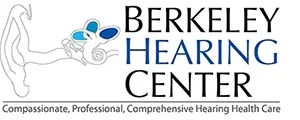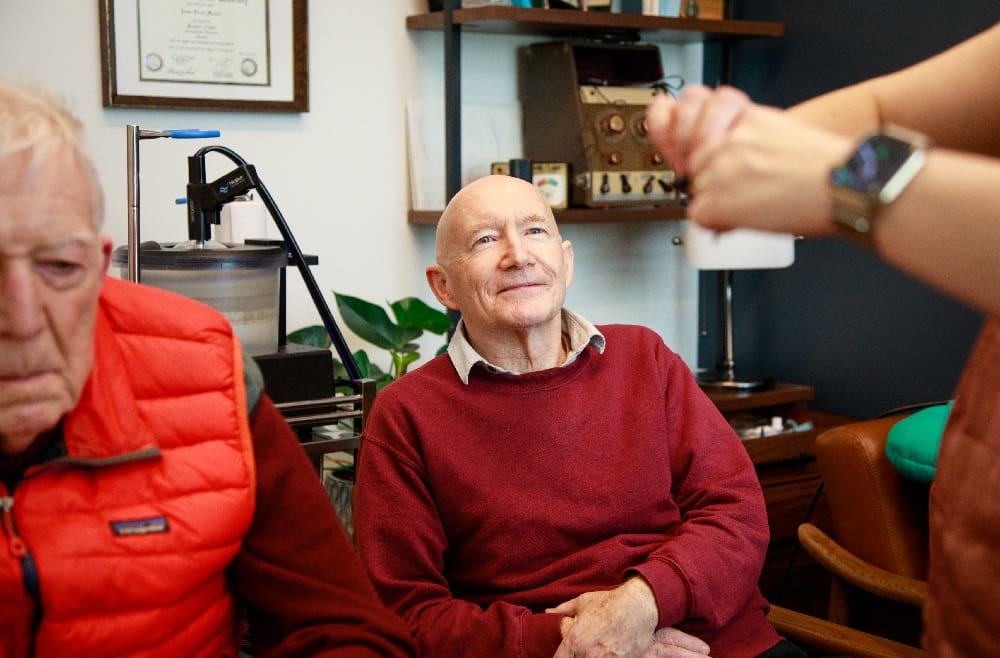2024-11-02
Jonathan Lipschutz Audiologist, M.S., F-AAA, Co-Owner
While I was hoping to immediately follow up on last month's article about Apple’s AirPods Pro 2 OTC hearing aid ‘upgrade’, alas, the iOS update came too late (October 28th) for me to put them to the test (literally and figuratively) and write about my experience.
Instead, I thought it would be informative to know how audiologists, using evidence-based “best practices”, dispense prescription hearing devices so you have a foundation for understanding the differences relative to AirPods Pro 2 or other ‘self-fitting’ OTC (over-the-counter) hearing aids.
For this article, I’m going to set aside the significant differences in the evaluation of hearing/communication deficits and device technological capabilities between professionally dispensed prescription hearing devices (PHDs) and OTC, and just review how PHDs are dispensed relative to best-practices. As part of the fitting process, the audiologist will have previously assessed communication needs, dexterity/vision issues, support systems, etc. prior to the fitting.
We begin by otoscopically evaluating their external ear/canal, checking for ear health, obstructive cerumen (earwax), etc. Since the vast majority of hearing devices fit are the very small receiver-in-canal (RIC) devices, we’re also assessing for the length of speaker wire and size/type of non-custom ‘dome’ best suited for their hearing loss, anatomy, aesthetics and comfort. If we’re fitting custom in-the-ear hearing devices or custom ear molds for RICs, we also assess the physical fit for ease of insertion/removal.
Once the hearing devices are connected to the manufacturer’s proprietary fitting software and in the patient’s ears, we run a ‘feedback’ test. This assesses available stable volume across the frequency spectrum to make sure we can provide appropriate amplification to treat the hearing loss. Assuming the feedback test shows we’re good to go, here’s where the fun begins.
The gold standard for validating/verifying hearing device fittings are probe-microphone/real-ear measurements (REM). A thin silastic ‘probe tube’, an extension of a microphone, is inserted into the patient's ear canal a few millimeters away from their eardrum. With the tube in place, we first measure the individual’s unique ear acoustics. Then we put the hearing aids on and measure what the hearing devices are doing to sound in-situ, in real time.
The measurements (and concomitant programming changes) are done to approximate the REM ‘target’ for that hearing loss based on the audiologists choice of “fitting rationale”. Fitting rationales are programming ‘prescriptions’, based on theoretical and empirical research, recommending ‘targets’ for volume, output, and compression characteristics across the frequency spectrum to optimize audibility, speech intelligibility, loudness sensation/comfort, etc, for a given hearing loss.
Based on the full audiometric data (air and bone conduction thresholds, uncomfortable loudness levels), device characteristics (speaker power, ear coupling) and fitting rationale, the manufacturer’s proprietary programming software calculates the theoretically appropriate settings for that patient’s hearing loss. I emphasize ‘theoretical’ because, 100% of the time, I’m adjusting away from those manufacturer calculated settings to reach the targets based on the REM results. Targets just get me into the ballpark of how the hearing devices need to amplify sound for that individual. Even then, the patient’s subjective perception of the amplification is what’s critical. I can hit targets beautifully, but patients often report it sounding too loud or too soft. If it doesn’t sound right to them and help, they won’t wear it. It is always a process, including counseling, instruction and practice. Multiple visits are scheduled during the evaluation period to make sure the patient is properly using the devices and to fine tune the programming based on real world experience. This is where the expertise, knowledge and experience of the audiologist is critical, as there’s no objective measurement for how people subjectively perceive sound.
Audiologists have to interpret the patient’s subjective complaints, and make objective changes to address them. The art, as well as the science!
I’ve already updated my iOS and begun using my AirPods Pro 2 to augment my hearing acuity. Next month, I’ll give you my professional $.02 regarding my experience.
Till then, please continue to love your community by remembering the humanity of those around you, and please always support our local community businesses!
https://berkeleyhearing.com/wp-content/uploads/2024/11/Uncover-the-difference-professional-audiologists-make-in-hearing-care.jpg
Jonathan Lipschutz Audiologist, M.S., F-AAA, Co-Owner






